Antigua
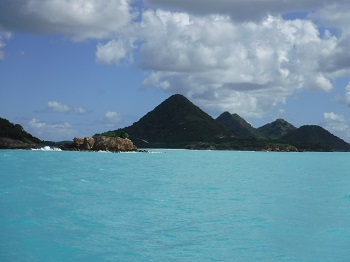
South of St Barth
In the afternoon of January 12th we left beautiful St Barth heading to Antigua. We prefer to sail overnight when we need to cover more than 70 miles in order to be sure we can reach our destination in day light. It was the case for this passage, with a good wind which turned in the right direction (60 degrees to the bow), allowing us to sail with an average speed of 6+ knots.
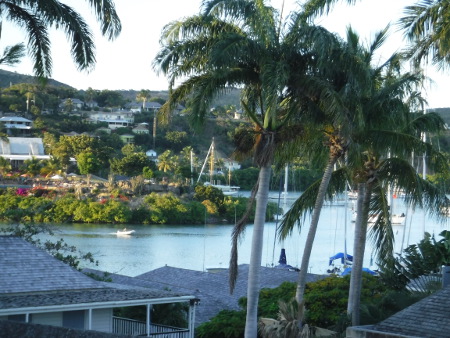
English Harbour
After a short nap to recover from the night passage, we continued toward English Harbour, that is the most fascinating port of Antigua, located in the south. It is a quite unique place as there are still several building from the 18th century that are testifying the noble past of the location, including the remainings of the old fort.

Carlisle Bay
The following day we went to Carlisle bay where we spent the night in front of a very exclusive resort.
- Underwater in Cade Reef
- Underwater in Cade Reef
- Underwater in Cade Reef

Jolly Harbour
We moored one night in Jolly Harbour, where we met again Ian and Glenda, a British couple whom we had been sailing close to during the first part of the Atlantic passage. The next day we spent some time together in Deep Bay, before saying goodbye as we took opposite directions.
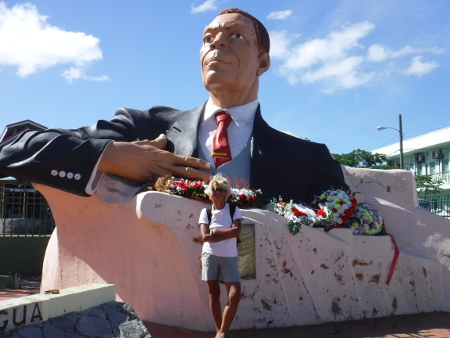
St John
We spent the night at the anchor in a small bay close to St John; we went to town by dinghy, and, for what we saw, the town was not particularly attractive, also because of the hordes of tourists offloaded by the giant cruise ships – a characteristic definitely not unique to St John, in fact quite common in many Caribbean islands.
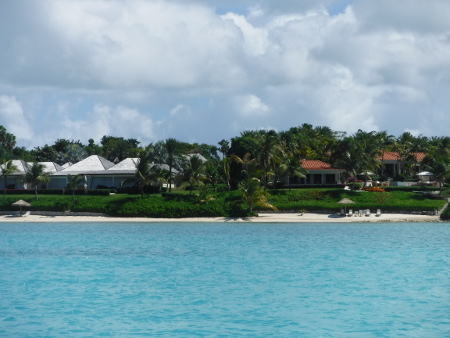
Long Bay
We had the chance to admire beautiful white strips of sand in Long Island, in the north of Antigua. Walking ashore, we faced a beautiful villa characterised by an Italian style. Speaking to the service lady we found out that the villa was built by Mr Banfi, the Italian winemaker, who sold it to an American politician. The lady pointed out that the new owners come for two weeks in a year. What a waste!
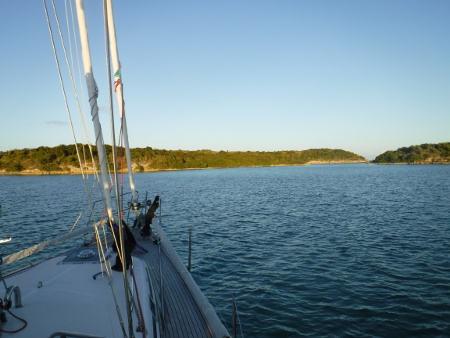
Great Bird Bay
Our last stop in Antigua was Great Bird Island, a beautiful anchorage in the wilderness, were several spieces of birds make their nests.
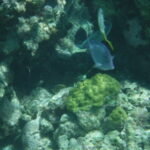

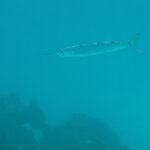
Loving reading all these…just got your IBM email. Cannot believe you’re not coming back but honestly looking at these pics and your journey you are clearly in the right place.
Will love to continue watching your trip. Love Lorraine
Sergio, thank you and Gemma so much for the wonderful descriptions! Even been in the Caribbean Sea, this very much brings up the wish to go again soon! 🙂
Thank you Lutz! It is such a pleasure to know you are following us!